RFID Tracking Devices: The Real Backbone of Modern Asset Management
167Explore how RFID tracking devices revolutionize asset management through automation, real-time visibility, and smarter operations across industries.
MoreAll RFID Product
If you’ve ever walked through a warehouse gate and heard that faint “beep-beep,” or passed your access card across a sensor without even looking up, congratulations — you’ve already met RFID in action. Most people don’t think twice about that tiny moment, but inside that short chirp, there’s an entire dance of electromagnetic fields and digital handshakes happening faster than a blink.
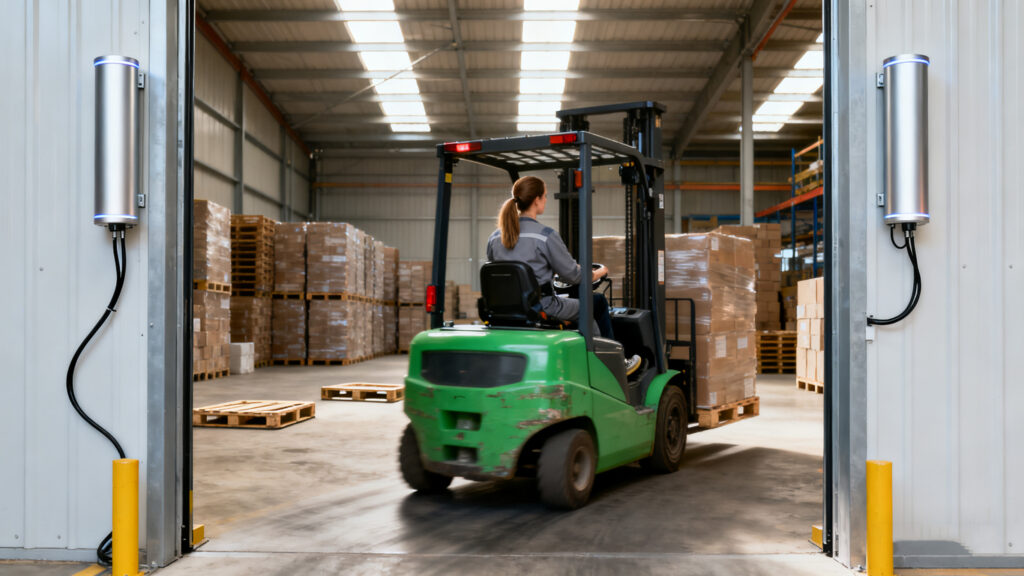
Let’s unpack it — not in a lab style, but how it actually feels and works in real settings.
An RFID reader isn’t magic. It’s just a middleman between the digital and physical worlds.
When the reader powers up, it releases an invisible field — radio waves tuned to a specific frequency, like a quiet hum only RFID tags can “hear.”
Now, the tag itself — maybe buried inside a clothing tag, fixed on a logistics crate, or glued under a hospital instrument — sits there doing nothing. It has no battery, no voice. But once the reader’s field reaches it, something sparks. Literally, the tag’s tiny coil antenna wakes up by borrowing a bit of the reader’s energy, just enough to say, “Hey, I’m here, and here’s my ID.”
That’s the whole trick — passive energy transfer.
The tag doesn’t talk until it’s spoken to.
What happens next is almost poetic:
The reader doesn’t just “receive” a signal — it listens to a reflection of its own voice.
The tag changes how it bounces back that energy, kind of like tapping a finger on a drum to change the echo. This is called backscatter. Through tiny changes in timing and strength, the tag sends out its unique ID code.
The reader decodes that pattern, translates it into bits of data, and then — boom — the system knows exactly which item just passed by.
A few years back, I visited a warehouse where pallets moved in and out like clockwork.
Workers used to manually scan barcodes, one by one — a nightmare during peak season. Then RFID readers were installed at the loading dock doors. Overnight, the pace changed. A forklift driver could just drive through the gate — no stopping, no aiming a scanner.
The reader’s antennas picked up dozens of tags at once. The screen flashed: Pallet 03 loaded, Pallet 12 missing.
They didn’t need perfect light or clean labels. Dust, distance, even a metal doorframe — the system learned to work around it.
That’s when RFID stops being theory. It becomes part of daily rhythm.
Now, depending on the situation, RFID doesn’t always behave the same way.
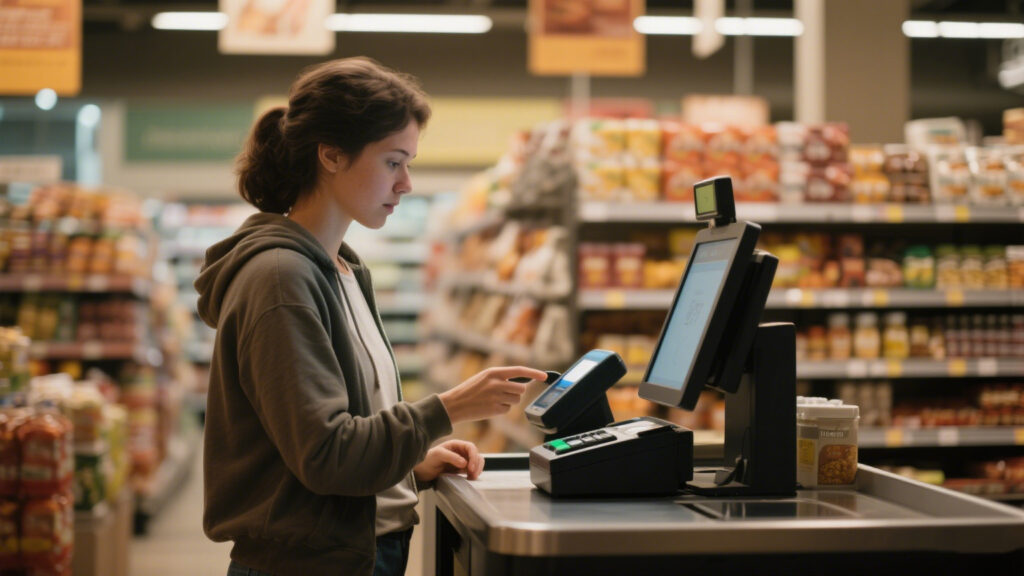
But UHF can be tricky. It doesn’t like water or metal; those things mess with its radio reflection. So engineers tweak antenna angles, add shielding, or adjust power levels to get consistent reads.
Every RFID setup is a bit of science, a bit of art.
People often forget that the RFID reader isn’t just a transmitter — it’s a small computer.
Inside, it’s constantly doing signal processing, filtering duplicates, adjusting frequency hopping to avoid interference, and communicating with databases.
In handheld models, readers work almost like smartphones — they store tag lists, connect via Wi-Fi or Bluetooth, and even run custom apps.
In fixed systems, like those tunnel-style readers used in packaging lines, antennas are precisely tuned to detect every item that passes through at high speed. One missed read could mean an entire shipment goes untracked.
RFID isn’t a new technology — it’s been around for decades — but its quiet evolution is fascinating. It’s slowly reshaping how industries think about “visibility.”
Think about a hospital knowing exactly where every surgical tray is.
Or a laundry facility automatically counting uniforms as they pass through.
Or livestock tracked across a ranch without anyone even touching them.
That’s not just convenience — it’s control, safety, and efficiency born from simple radio conversations.
For all its tech, RFID still faces human barriers. Some operators worry it’s too complex or expensive. Others underestimate what it can automate.
But once someone actually sees it work — watching hundreds of items appear on a screen without lifting a finger — they rarely go back to manual scanning.
It’s not about replacing people. It’s about removing the small frictions — the wasted seconds, the forgotten scans — so humans can focus on decisions, not data entry.
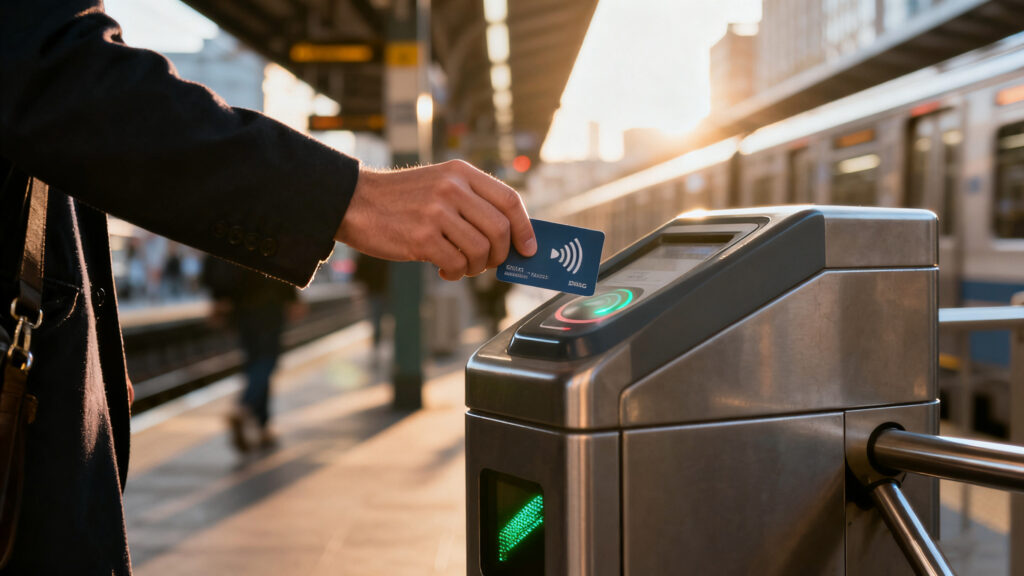
An RFID reader doesn’t shout across a room. It whispers to the right tag at the right time and listens carefully for an answer.
It’s a quiet, disciplined conversation — repeated thousands of times a day, in warehouses, hospitals, airports, and even amusement parks.
Behind every “beep” is a tiny moment of synchronization between energy, code, and logic — proof that even the invisible can be incredibly organized.
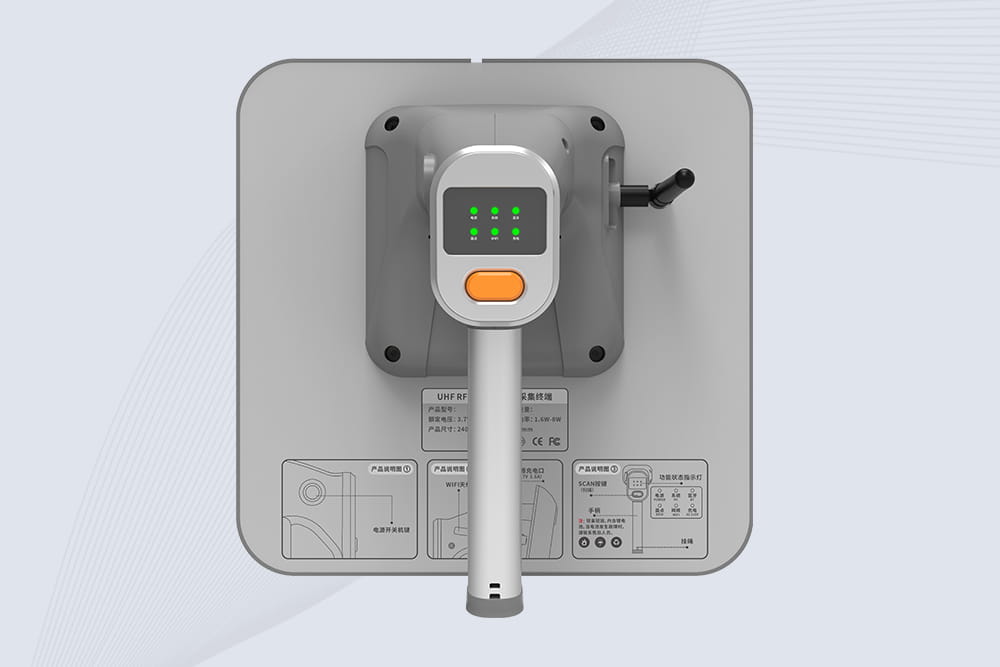
Cykeo CK-B9 UHF Bluetooth handheld RFID scanner features 12m UHF range, 200+ tags/sec scanning, IP67 rugged design for retail/warehouse/pharma. Supports Android SDK & real-time Bluetooth 5.0 transmission.
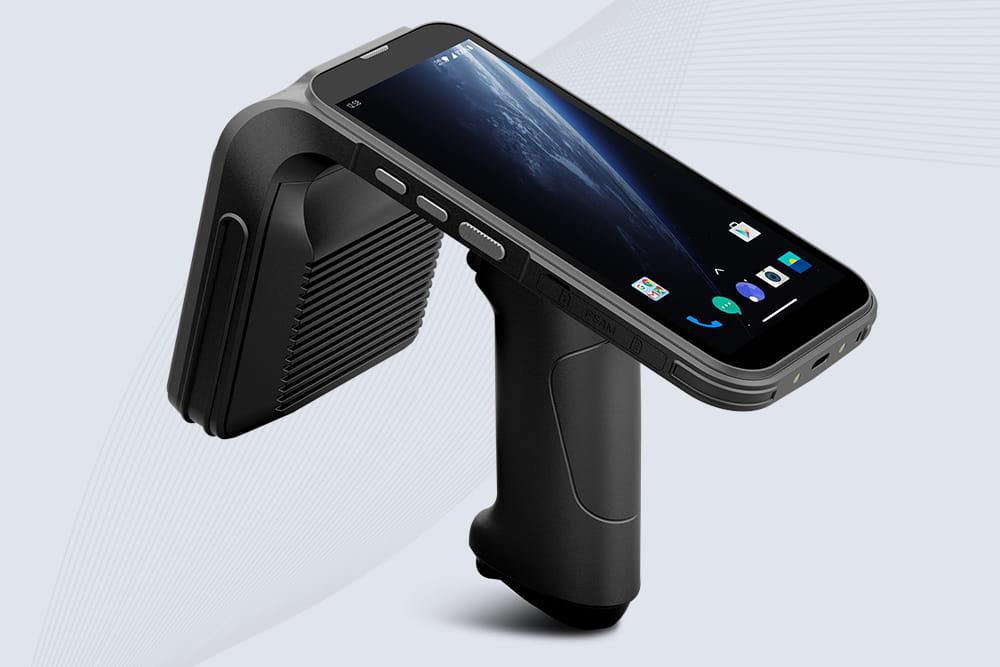
Cykeo CK-B4 UHF Handheld RFID Reader scanner delivers 1300 tags/sec reading, 30m UHF range, and 12-hour battery life. IP65 rugged design with barcode/NFC/ID scanning for retail/manufacturing/logistics.
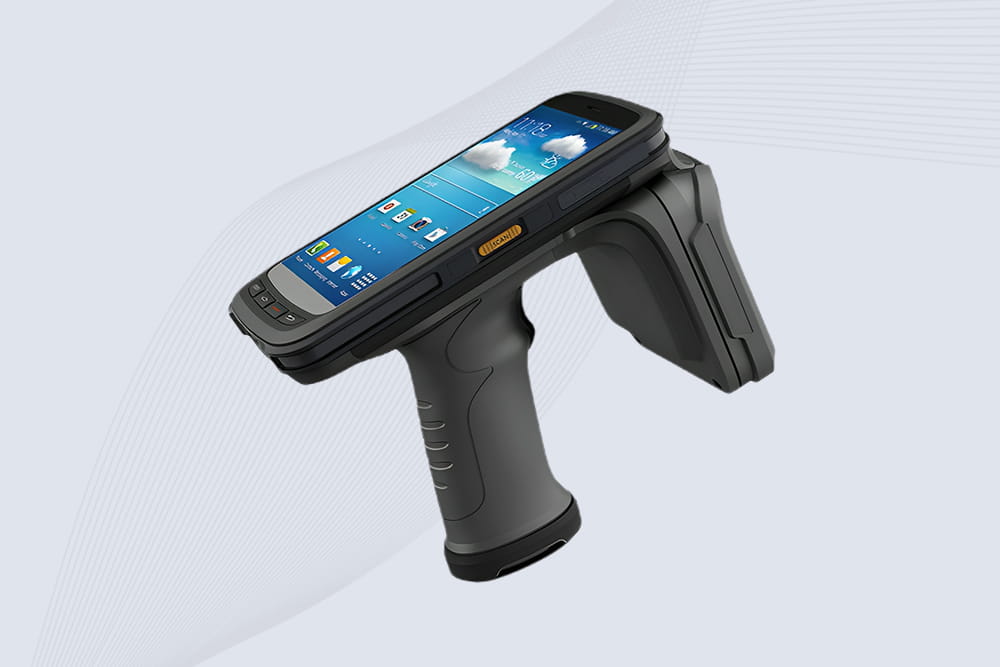
Cykeo CK-B2L industrial UHF RFID handheld offers 10m range, 500 tags/sec scanning, Android 11 OS, and IP65 rugged design for retail/warehouse/manufacturing.
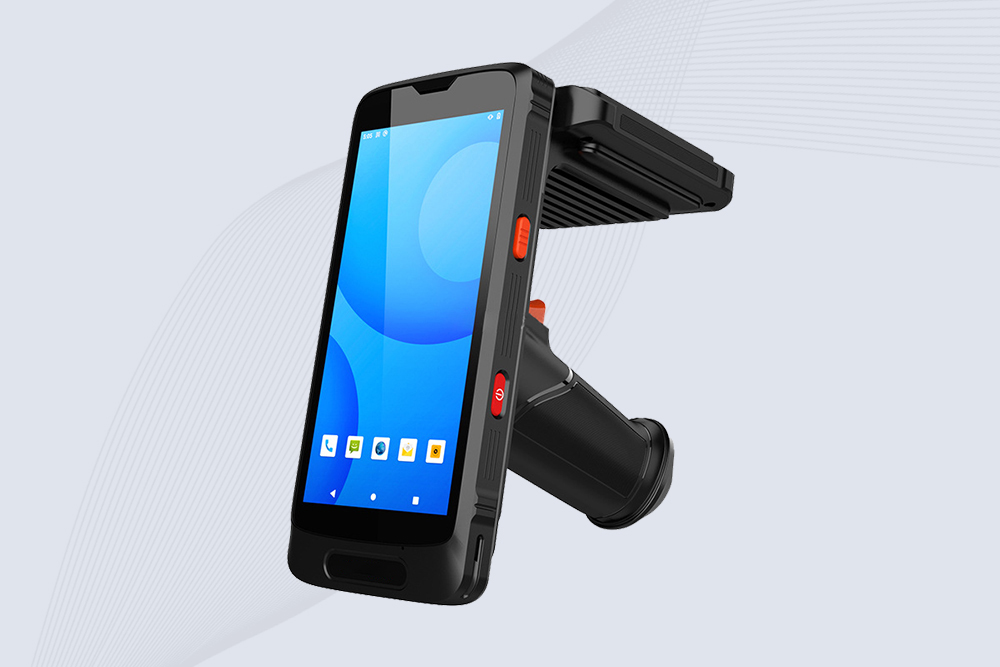
Cykeo CK-B3 industrial RFID Reader Handheld, terminal offers 2m read range, multi-protocol scanning (NFC/barcode/ID), Android 10 OS, and IP65 ruggedness for logistics/retail/manufacturing.
Explore how RFID tracking devices revolutionize asset management through automation, real-time visibility, and smarter operations across industries.
MoreLearn about RFID gate pass systems for residential use. Keyless access, security benefits, and real-world challenges of RFID technology.
MoreStruggling with fixed RFID reader connectivity? Follow Cykeo’s step-by-step guide to diagnose and resolve network, power, and signal issues quickly.
MoreAvoid costly RFID errors! Learn the top 5 antenna placement mistakes in industrial and retail settings—and practical fixes to ensure flawless tag reads.
More